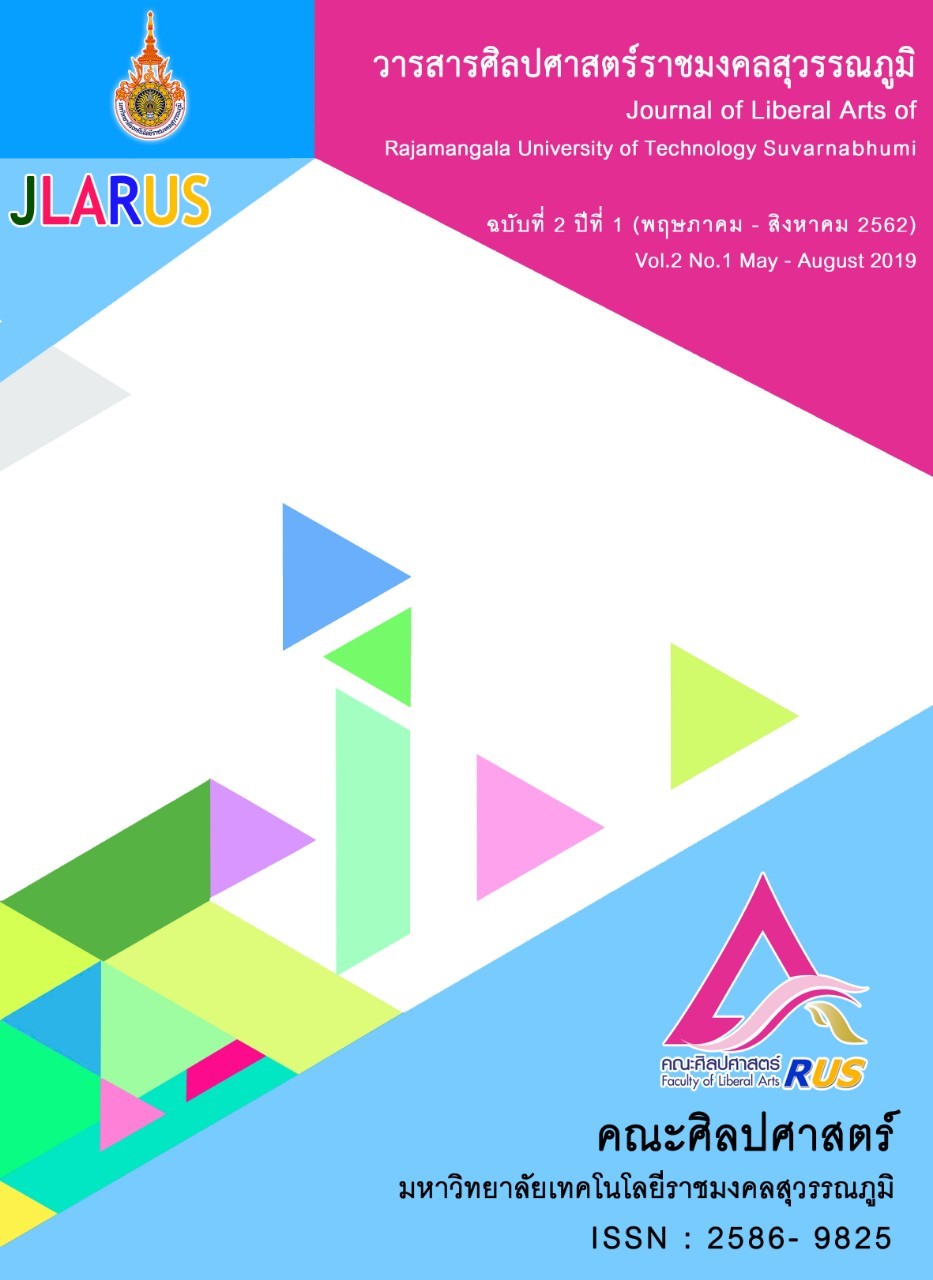THE BUDDHIST INTEGRATION OF MANAGEMENT FOR SASANASUKSA DIMENSION BY CHIEF OF TEMPLE
Main Article Content
Abstract
Buddhist integration is a linkage of knowledge and experience through the harmonious process and implementation by combining different subjects or sciences together under the same article to cause profound learning that makes it possible to seek knowledge and understanding from various things that are around to work or cooperate together happily.
The principles of Buddhism that are consistent with the educational administration principles of the abbot of the temple are self-occupying, personnel occupying and job occupying, which are the roles that the abbot must perform. Religious education is the study of the teachings of Buddhism which is one of the most important Buddhist affairs. On a dimension of the powers and duties of the Sangha Supreme Council of Thailand, there is an issue stated that "Controlling and promoting religious education to proceed well." Therefore, the direction of the Buddhist integrated religious administration as the role of the abbot of the temple must understand the meaning of integration for the design of the Buddhist education administration system with general management principles combined with appropriate educational administration principles which is integrated with the administration of the Sangha affairs in the 4 aspects of religious education namely 1) Education of the Buddhist Scriptures in Dharma Department; 2) Education of the Buddhist Scriptures in Pali Department; 3) Education of the Buddhist Scriptures in General Education Department and 4) Education in the Buddhist University. The abbot’s role is very important to support, promote and develop religious education to be strong and sustainable through Morals, readiness of being a good pastor and have knowledge, ability and value of religious education in Buddhism.


